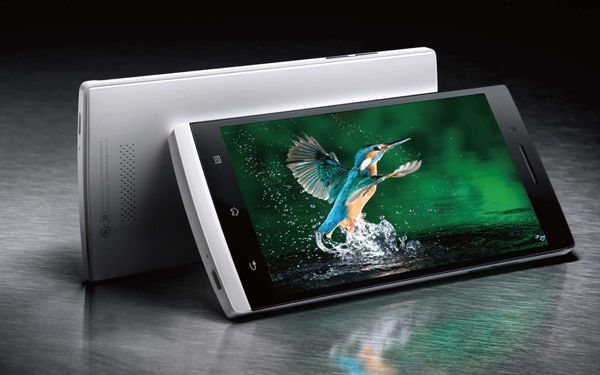My conclusion is that the required bargaining is often more trouble than pleasure for the younger and wealthier generation, because they just don't have time for the hassle. They know what they want and want it easy and fast. This younger group might cause a change in the buying process of Chinese consumers, although at the moment that younger wealthier generation is still a small part of society. The larger part still wants their bargaining and Best Buy and their concept of 'list price is lowest price' might just have arrived a bit too early.
How to market a yellow umbrella?
Protesters becoming marketeers?
How Hollywood is courting China
China has become Hollywood's second market and pleasing Chinese audiences and censors is more important than ever. But is Hollywood bowing in the right direction?
Can Chinese OPPO conquer the world?
Out of of nowhere a new high-end smartphone appeared. Where other brands spend millions on marketing and announce their new models months ahead, the OPPO Find 5 just made a silent entrance. Despite its quiet nature, the Find 5 already created a lot of buzz
Big yellow Duck a prey to Chinese censors?
It's june 4th, the 24th anniversary of the Tiananmen Square Massacre. How dit the beloved yellow duck got caught up in the cat-and-mouse game between censors and Chinese netizens?
Pepsi and Chinese pop-culture
Pepsi has been in China for over 30 years and faced the huge challenge of becoming Chinese. How did they succeed?
Tuesday 28 May 2013
Bargaining culture in China: how does it affect online buying?
My conclusion is that the required bargaining is often more trouble than pleasure for the younger and wealthier generation, because they just don't have time for the hassle. They know what they want and want it easy and fast. This younger group might cause a change in the buying process of Chinese consumers, although at the moment that younger wealthier generation is still a small part of society. The larger part still wants their bargaining and Best Buy and their concept of 'list price is lowest price' might just have arrived a bit too early.
Monday 20 May 2013
Has Pepsi become Chinese enough?
Pepsi Coke first entered the Chinese market in 1981, 2 years after big rival Coca Cola re-entered the territory after a 30+ years absence due to the communist rulers closing their borders to foreign investors. As a very American-looking brand, Pepsi worked hard during the past 30 years to become more Chinese. But looking at their strategy, it hasn't been so different from what they've been doing in the rest of the world. They just added a bit of Chinese flavour to it. But often these 'Chinese spices' still seemed cooked up in the States.
Another beautiful case of Pepsi literally showing its love for the Middle Kingdom is this commercial surrounding the 2008 Olympics: 'Love China' (all the people in the commercial are shouting 'Love China')
Where did this marketing strategy lead to? Well, to a 4.4% market share in China. Which is not bad concerning the population traditionally has a preference for non-carbonated drinks including tea and fruit juices. But when looking at Coca Cola's 15% market share in the country, it seems Pepsi has lost this cola war as well. Maybe that's why in their latest Chinese New Year commercial, the focus is on family and love. Traditionally a much more 'Coca Cola' claimed area.
But people who know a bit of the Chinese entertainment industry will still recognise familiar faces ;-)
Thursday 16 May 2013
Wall Street Journal explaining WeChat.
The Wall Street Journal also picked up on the success of this 'Made-in-China' app and made a very informative video. It's clearly illustrates its popularity to the still oblivious American public. Must see:
























